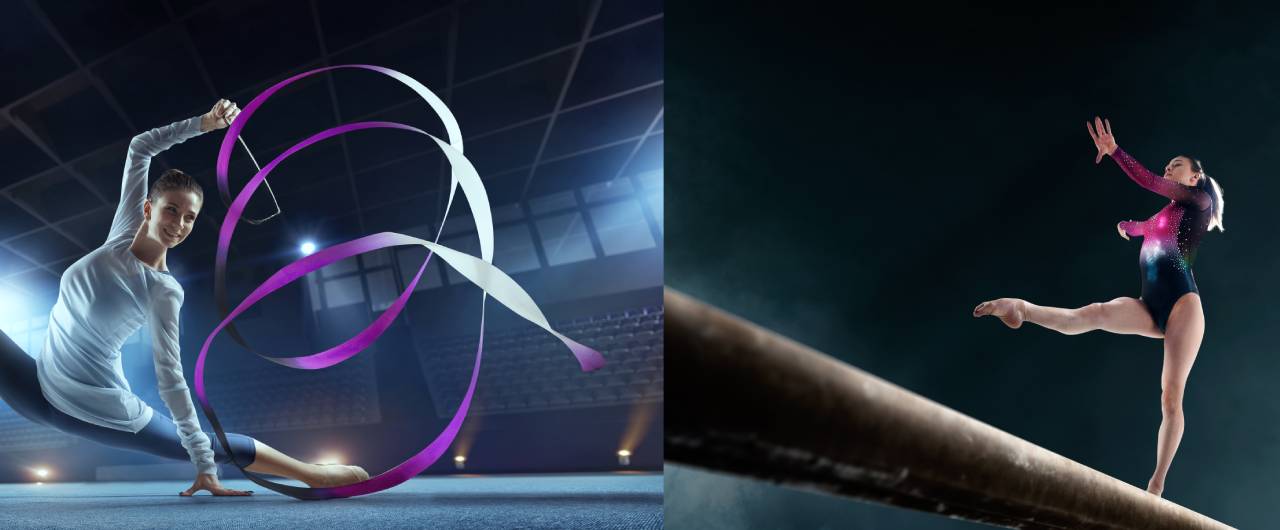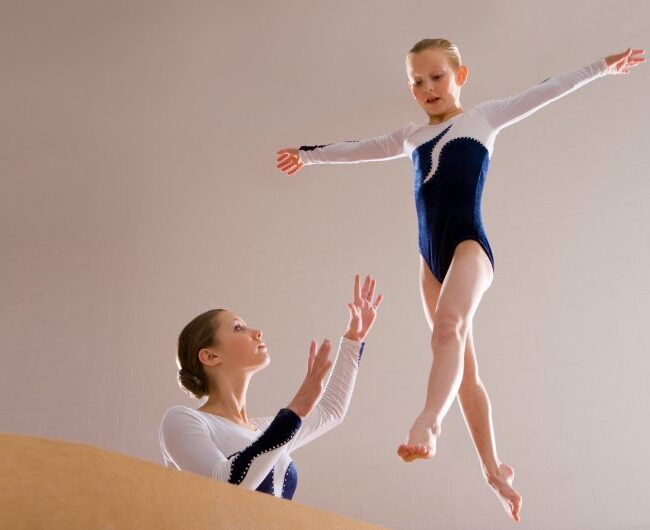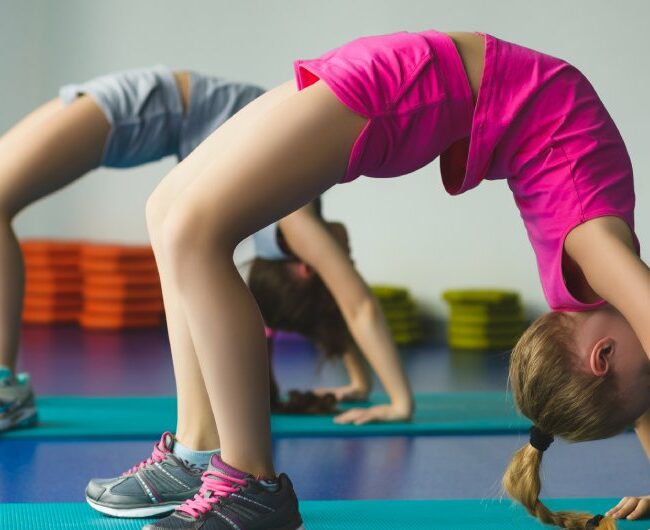The Difference Between Rhythmic and Artistic Gymnastics

Gymnastics has gained immense popularity in the world of sports across the globe. It combines our body’s power and balance by testing its endurance and how agile it can be. Sports depend very much on the body’s motor expertise and skills paired alongside the health and fitness of the athlete’s body. Gymnasts are able trainers who follow a discipline for their bodies to move, change posture, flip, or even swing depending on their physical capability, vigor, and conditioning. Performers and dedicated gymnasts who have mastered this craft of muscle and joint mobility and competence promote holistic physical improvement, compete in competitions and even participate in the Olympics games. While learning about what the art of gymnastics has to offer, five kinds of gymnastics must be considered. They are
- Artistic gymnastics
- Rhythmic gymnastics
- Trampoline gymnastics.
- Power tumbling
- Acrobatic gymnastics
Among the few listed 5 significant kinds of practicing this sport, artistic and rhythmic forms of gymnastics can be considered the crucial subdivisions.
The Art Form Of Gymnastics
Artistic gymnastics is practiced by both genders and can mainly be considered an art form dedicated to balancing stature by properly utilizing muscular hardiness. Gymnasts perform their art using tools like unparallel bars, tools, and padded floors. An integral component of this sport is the performing athlete’s flexibility and the strength they hold for performing various exercises, postures, leaps, and jumps.
The artistic form of gymnastics is a very similar skill to acrobatics.
The Rhythmic Form Of Gymnastics
Rhythmic gymnastics allows the gymnasts to perform exercises in sync with the music. Various other props create a perfect harmony of a balanced body, a poised, flexible posture, and a calm demeanor; the gymnasts perform this sport to tunes and acoustics. Gymnasts don’t take the help of joists or handles. It is enacted on a padded floor. With various beautifully decorated apparatus, rhythmic gymnasts performed their routines. It requires extreme eye-to-hand coordination and the performing athlete’s grace and beauty. It can be considered an art of utilization of brute strength among gymnasts.
Both types require extreme discipline and are an excellent portrayal of agility and power paired with precision in speed; a few significant differences can be spotted. Gymnastics allows unisex participation. However, in rhythmic gymnastics, women only perform. The Olympic-level competitions for this sport only take female participants.
The skill of maintaining the body in perfect posture and showing strength is essential while showcasing artistic gymnastics. Rhythmic gymnastics emphasizes how the performer handles their poise and elegance, how they are in tune with the music, how enhanced their coordination is, and how well they can move and dance.
Props are different in the two types. Artistic gymnastics uses other kinds in comparison to rhythmic gymnastics. Artistic gymnasts use handles, vaults, or joists in place of the balls, blocks, and satin ribbons used by rhythmic gymnasts. Because the rhythmic gymnasts develop their performance around the tune or music, it is an art set to musical chords. The other kind does not include any such chords.
In Conclusion
Different styles of gymnastics have different origins, both geographically and historically. The origins of artistic gymnastics may be traced back to ancient Greece, when it was a staple of their athletic events. Talented athletes have observed the beginnings of rhythmic gymnastics in the performances of figure skating and skating. Whether it be athletic or rhythmic gymnastics, it is a sport that is dynamic, graceful, often comparative, and yet exciting to watch. This art must be applauded for its poise, difficulty, and smoothness. Gymnasts all around the world should be encouraged to participate in more and more competitions. Another option would be to opt for yoga in Dubai as it provides numerous benefits.

 makeithappen@stamina11.com
makeithappen@stamina11.com









